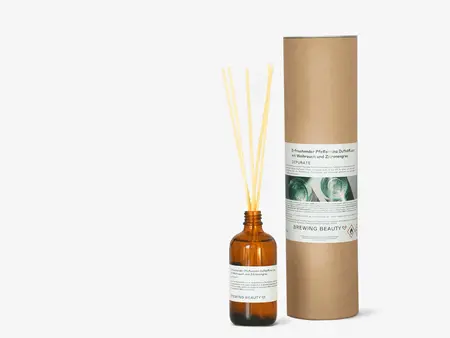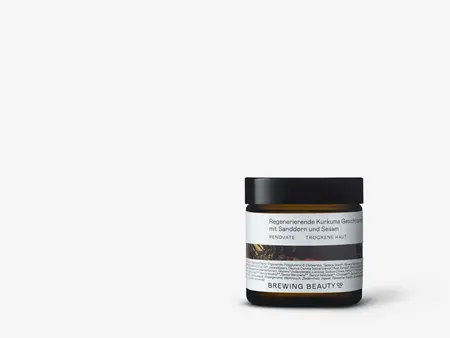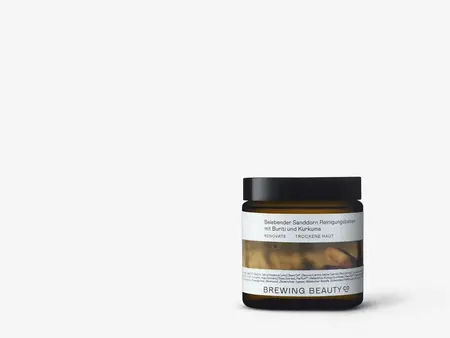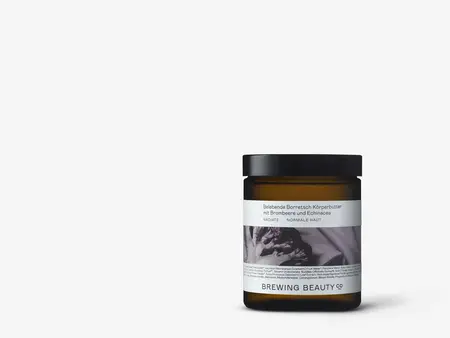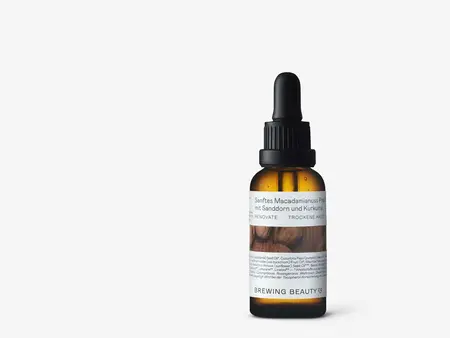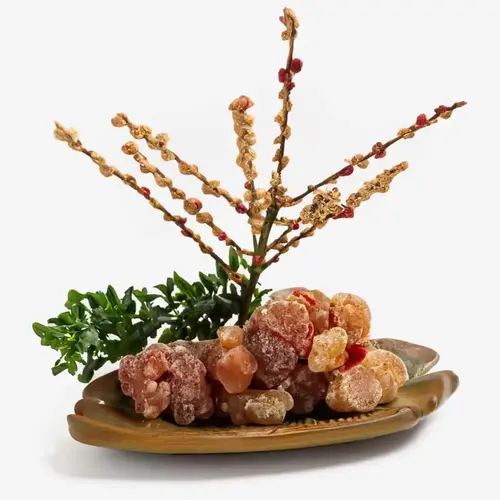Scientific Overview: Frankincense resin has been used for centuries in traditional medicine and religious ceremonies for its medicinal and aromatic properties. It contains boswellic acids, terpenes, and other bioactive compounds with anti-inflammatory, antimicrobial, and antioxidant properties.
Cultivation and Harvest: Boswellia sacra trees are cultivated in arid regions of the Arabian Peninsula and northeastern Africa for their resin. The resin is harvested by making incisions in the bark of the trees, allowing the sap to ooze out and harden into resin tears.
Plant Morphology: Boswellia sacra trees have sparse foliage and papery bark. They produce small, white flowers and bear fruits that contain seeds. The resin is harvested from the bark of the trees and varies in color from pale yellow to amber.



